Expansion of Urban Rail Networks
The Railway Fishplate Market is benefiting from the expansion of urban rail networks in various regions. As cities grow and urbanization accelerates, there is a pressing need for efficient public transportation systems. Urban rail projects, including light rail and metro systems, are being developed to address this demand. This expansion necessitates the use of railway fishplates to ensure the structural integrity of the tracks. Market forecasts suggest that urban rail systems will continue to proliferate, leading to an increased requirement for railway fishplates. Additionally, the focus on sustainable urban transport solutions may further drive the adoption of rail systems, thereby positively impacting the railway fishplate market.
Growing Emphasis on Safety Standards
The Railway Fishplate Market is significantly influenced by the growing emphasis on safety standards within the railway sector. Regulatory bodies are continuously updating safety regulations to ensure the integrity of rail infrastructure, which directly impacts the demand for high-quality fishplates. As safety becomes a paramount concern, railway operators are compelled to invest in reliable components that meet stringent safety criteria. Recent data indicates that compliance with these regulations is driving the market towards higher-quality materials and manufacturing processes. This trend not only enhances the safety of rail operations but also creates opportunities for manufacturers to differentiate their products based on quality and compliance, thereby potentially increasing their market share.
Rising Demand for High-Speed Rail Systems
The Railway Fishplate Market is poised to benefit from the increasing demand for high-speed rail systems. As nations seek to improve transportation efficiency and reduce travel times, investments in high-speed rail projects are on the rise. This shift necessitates the use of advanced railway fishplates designed to withstand the unique stresses associated with high-speed travel. Market data suggests that the high-speed rail segment is expected to grow significantly, with several countries planning to introduce or expand their high-speed rail networks. Consequently, this trend is likely to create new opportunities for manufacturers of railway fishplates, as they adapt their products to meet the specific requirements of high-speed rail applications.
Increasing Railway Infrastructure Investments
The Railway Fishplate Market is experiencing a surge in investments directed towards railway infrastructure development. Governments and private entities are allocating substantial budgets to enhance rail networks, which is likely to drive demand for railway fishplates. For instance, recent reports indicate that several countries are planning to expand their rail systems, with projected investments reaching billions of dollars over the next decade. This trend suggests a robust growth trajectory for the railway fishplate market, as these components are essential for ensuring the stability and safety of rail tracks. Furthermore, the emphasis on modernizing existing rail infrastructure is expected to further bolster the market, as older systems require upgraded components to meet contemporary safety standards.
Technological Innovations in Railway Components
The Railway Fishplate Market is witnessing a wave of technological innovations that enhance the performance and durability of railway components. Advances in materials science, such as the development of high-strength alloys and composite materials, are leading to the production of more resilient fishplates. These innovations not only improve the lifespan of railway infrastructure but also reduce maintenance costs, which is a critical factor for railway operators. Market analysis indicates that the adoption of smart technologies, including sensors and monitoring systems, is becoming increasingly prevalent in railway applications. This trend suggests that manufacturers who invest in research and development to integrate these technologies into their products may gain a competitive edge in the railway fishplate market.


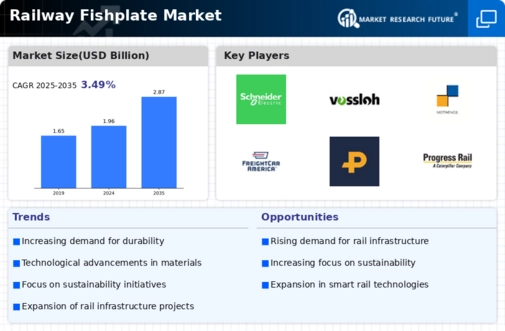
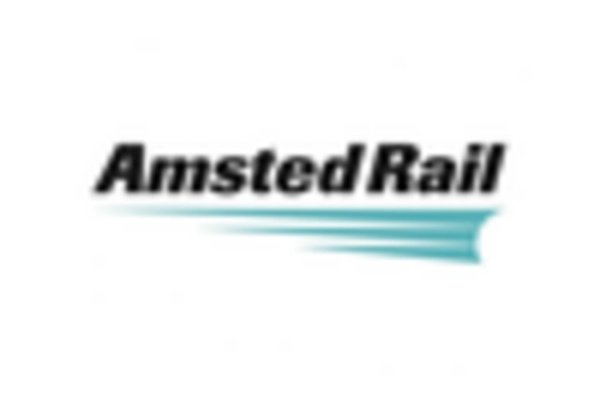
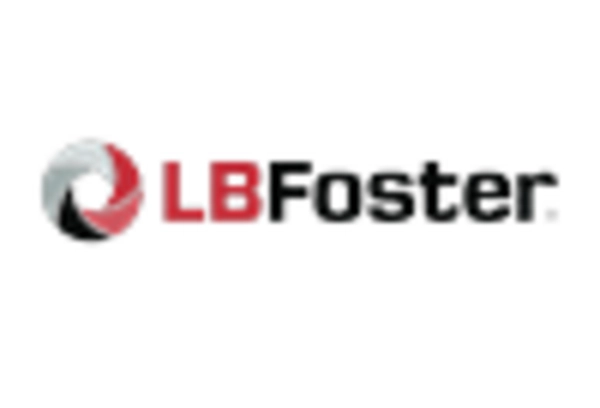
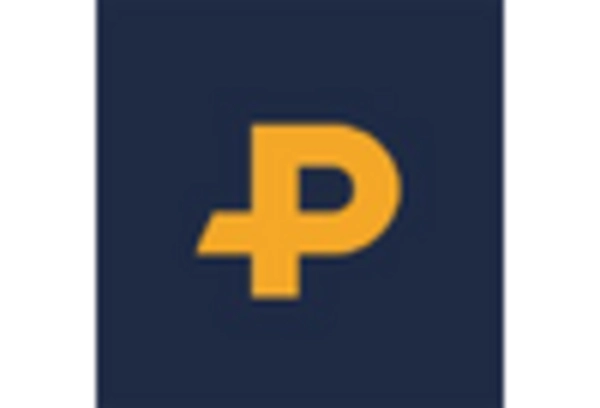
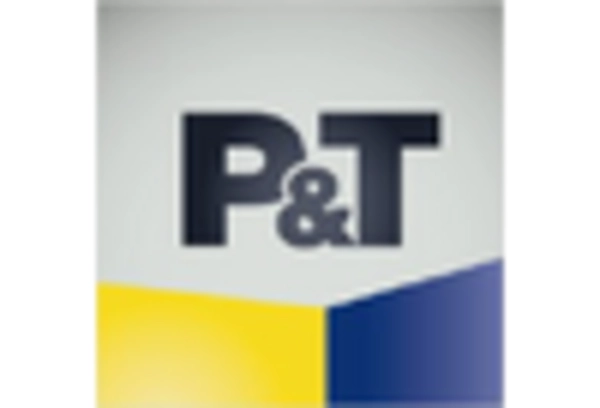
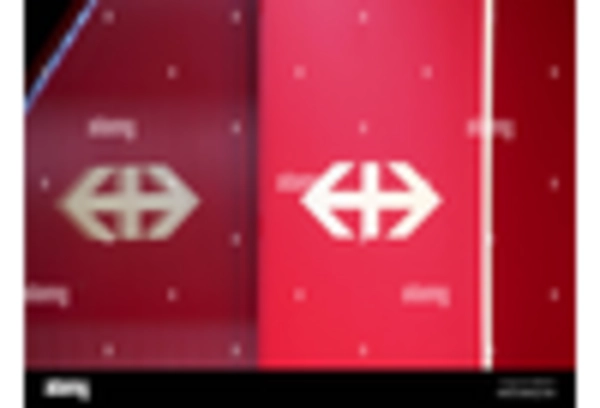
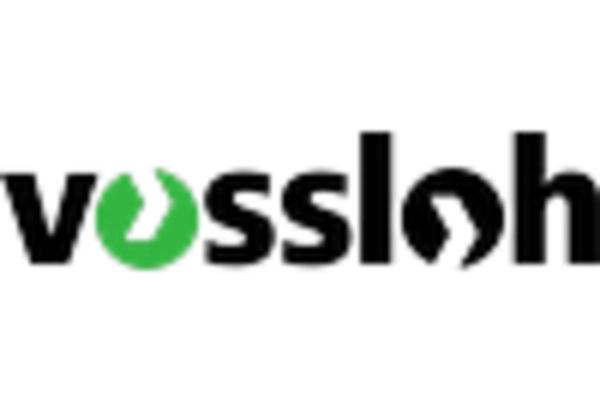








Leave a Comment